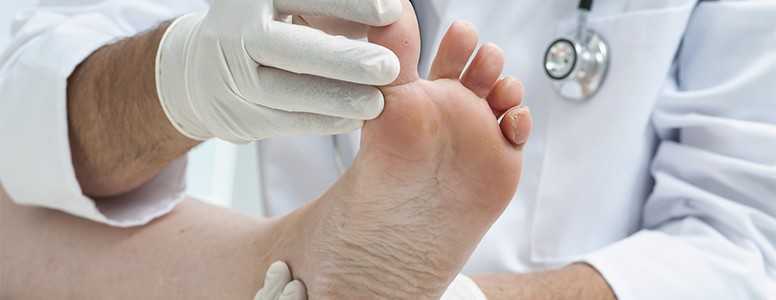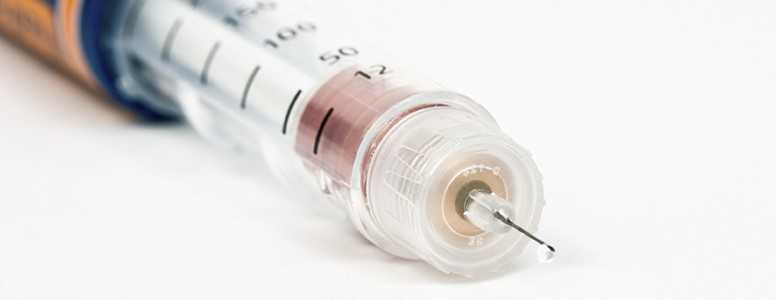A pioneering device which uses temperature readings has been found to successfully detect foot ulcers in people with diabetes who have had one previously.
An American research study tested out a specially designed mat which screens the foot’s temperature at different points and found it identified 97 per cent of ulcers before they had actually developed.
People with diabetes are at greater risk of developing foot ulcers if they wear ill-fitting shoes and struggle to adequately control their blood sugar levels. The temperature of feet typically increases when ulcers develop.
Although the mat had a high success rate, it also identified 57 per cent of false positives when researchers tested for variations of 2.2 degrees Celsius. When the variation increased to 3.2 degrees, the false readings dropped to 32 per cent, but the correct foot ulcer readings also decreased to 70 per cent.
The mat requires people to stand on it, in a similar way to using bathroom scales, for 20 seconds. It then transmits the data to servers which can then be analsyed by doctors.
The study took place across 34 weeks and involved 129 people. 37 of the participants developed 53 developed foot ulcers over the course of the study. On average, the mat correctly diagnosed people who were developing an ulcer about 37 days before they were detected by a doctor. This meant they had more time to seek treatment, which is important as if left, the condition can get worse and eventually lead to infection and amputation.
The researchers noted the findings of the trial were a little restricted as each individual was only monitored over a 60 day period, so the results may have differed if they had continued the study for longer. They also said because they only used participants who had previously already had foot ulcers and so they do not know how successful the mat would be on people who had never had one.
Dr David Armstrong, director of the Southern Arizona Limb Salvage Alliance at the University of Arizona College of Medicine in Tucso, said: “What’s really attractive about this technology is that it is probably going to get smarter.
“This technology is probably going to personalise a heat signature for every patient and identify a hot spot for each patient.”
What's new on the forum? ⭐️
Get our free newsletters
Stay up to date with the latest news, research and breakthroughs.

